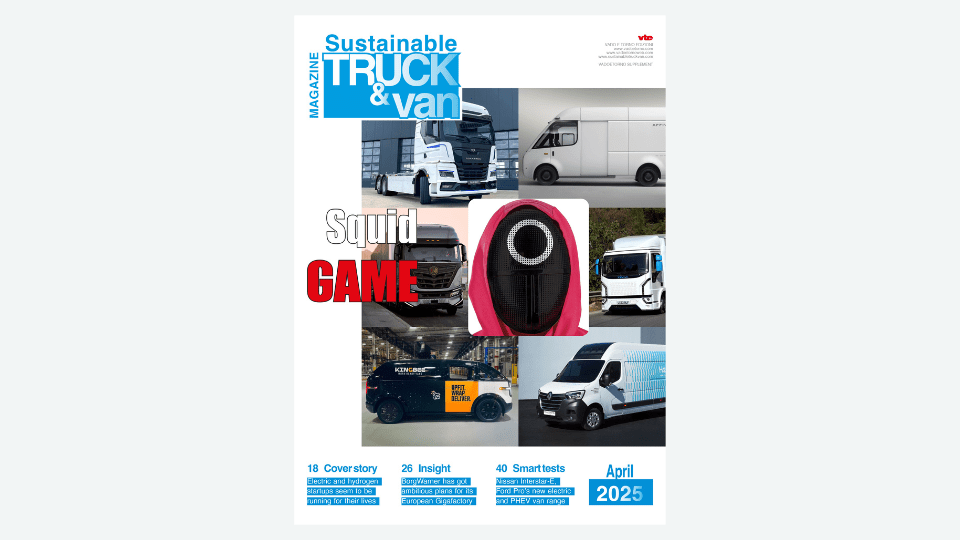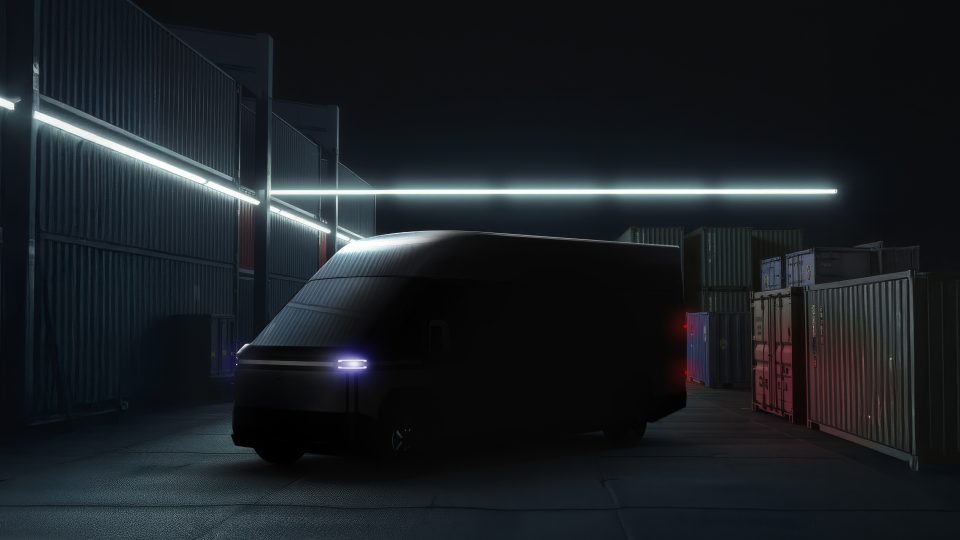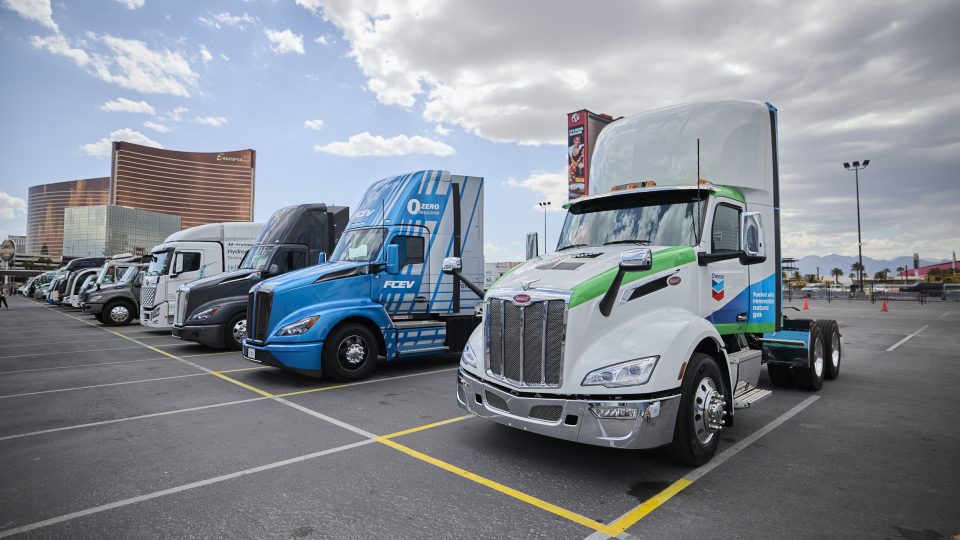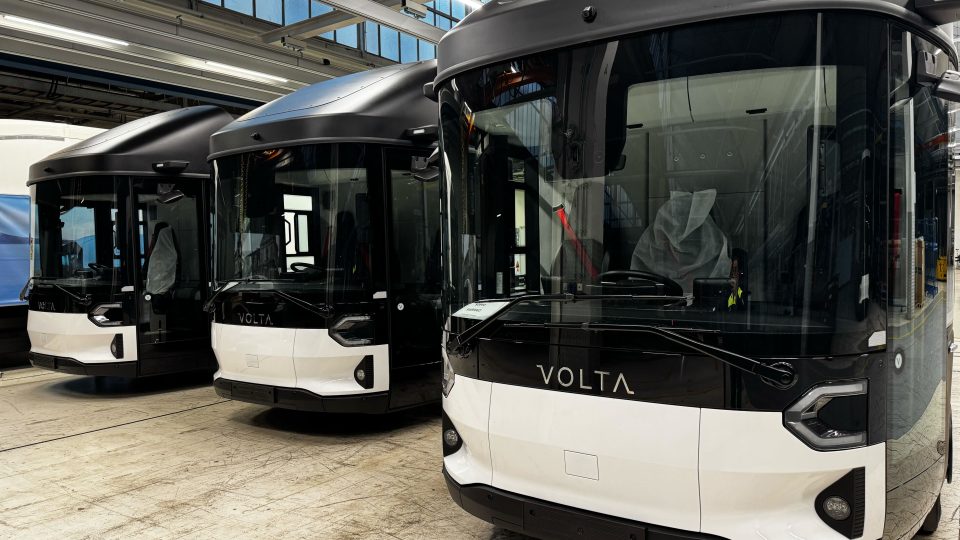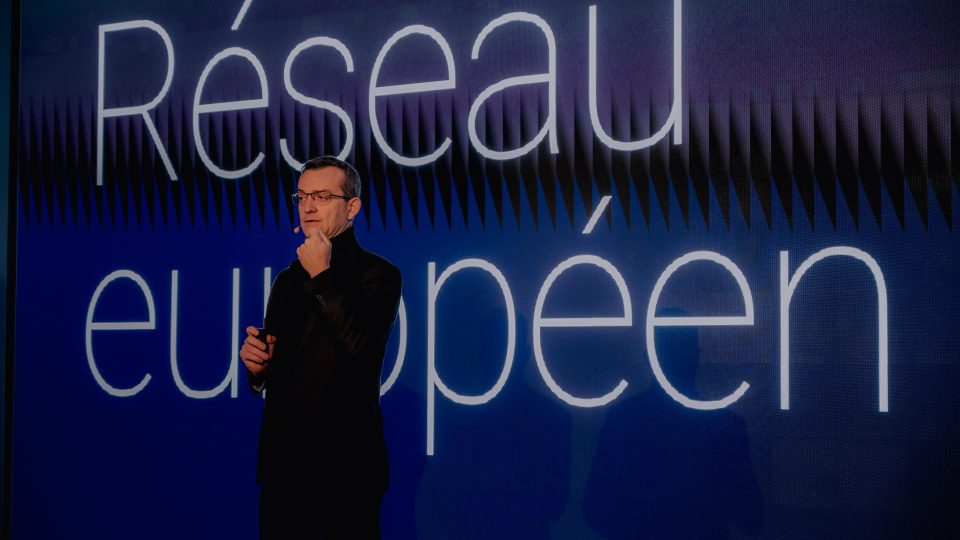The eDaily fuel cell as a shared and innovative project. Interview with IVECO and Hyundai
IAA 2022 was the right place for IVECO to put on display not only the eDaily in its BEV version, but also the ambitious project regarding the fuel cell version. Martin Zeilinger, Head of Commercial Vehicle Development Tech Unit, Hyundai Motor Company, and Marco Liccardo, Chief Technology & Digital Officer, Iveco Group, helped us find out more about the vehicle and the whole project behind it.
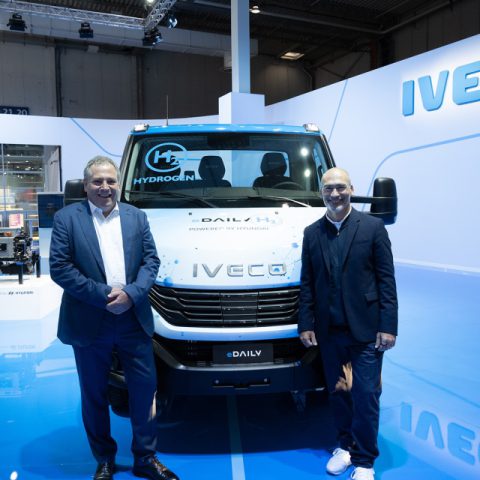
IAA Transportation in Hannover was the right place for IVECO to put on display not only the eDaily in its BEV version, but also the ambitious project regarding the fuel cell version. The latter was developed by IVECO in close cooperation with Hyundai Motor Company, with Hyundai and Iveco Group signing a MoU for mutual collaborations in March 2022.
In addition to the bus field, with the hydrogen-powered IVECO BUS vehicles equipped with Hyundai’s fuel cell system, the collaboration has already given concrete results in the light truck sector. At IAA, we could see the very first prototype of eDaily equipped with Hyundai’s 90 kW hydrogen fuel cell system and 140 kW e-motor. According to the plans, the eDAILY FCEV will be an ideal option for deliveries where long range with high payload is necessary. In Hannover, we wanted to know more about the vehicle, the whole project and the partnership between IVECO and Hyundai. Martin Zeilinger, Head of Commercial Vehicle Development Tech Unit, Hyundai Motor Company, and Marco Liccardo, Chief Technology & Digital Officer, Iveco Group, gave us precious support.
The eDaily fuel cell development
The eDaily as a modular platform. How was the fuel cell vehicle developed?
Marco Liccardo: “When we talk about the eDaily, we mean a fully modular architecture, so we may decide to have one, two or three battery packs according to the range needed. When we started the cooperation with Hyundai, we thought of maintaining our architecture, and removing most of the batteries to turn the vehicle into a hydrogen fuel cell one.
Here, you can see the fuel cell system coming from Hyundai and the hydrogen tanks (12 kg of hydrogen) provided by Hyundai as well. We jointly developed all the software and controls, to have the starting platform of the eDaily powered by hydrogen. Compared to a pure BEV, the main advantages are higher range with the same payload. Indeed, with this configuration, we can reach 350 km in operation maintaining the same chassis of the eDaily”.
As for hydrogen, we’re talking about 15 minutes for a full charge, which is much shorter than a minimum of an hour for BEVs. Drivers can handle that, so it’s not necessary to dispatch the refueling time. Short refueling in its nature is really an asset for all commercial vehicles
Martin Zeilinger, Head of Commercial Vehicle Development Tech Unit, Hyundai Motor Company, on shorter refueling time
Are the fuel cells developed by Hyundai Motor? What about hydrogen tanks?
Martin Zeilinger: “Our fuel cell center provides the entire supply chain in Korea, so the major components come from Korean domestic suppliers, while the fuel cell stack is developed and produced by Hyundai Motor Group. The Hyundai fuel cell system is currently up and running in the passenger car world.
Tanks are not made by Hyundai, but the electrical integration into the fuel cell system is provided by Hyundai. We’re working with several suppliers”.
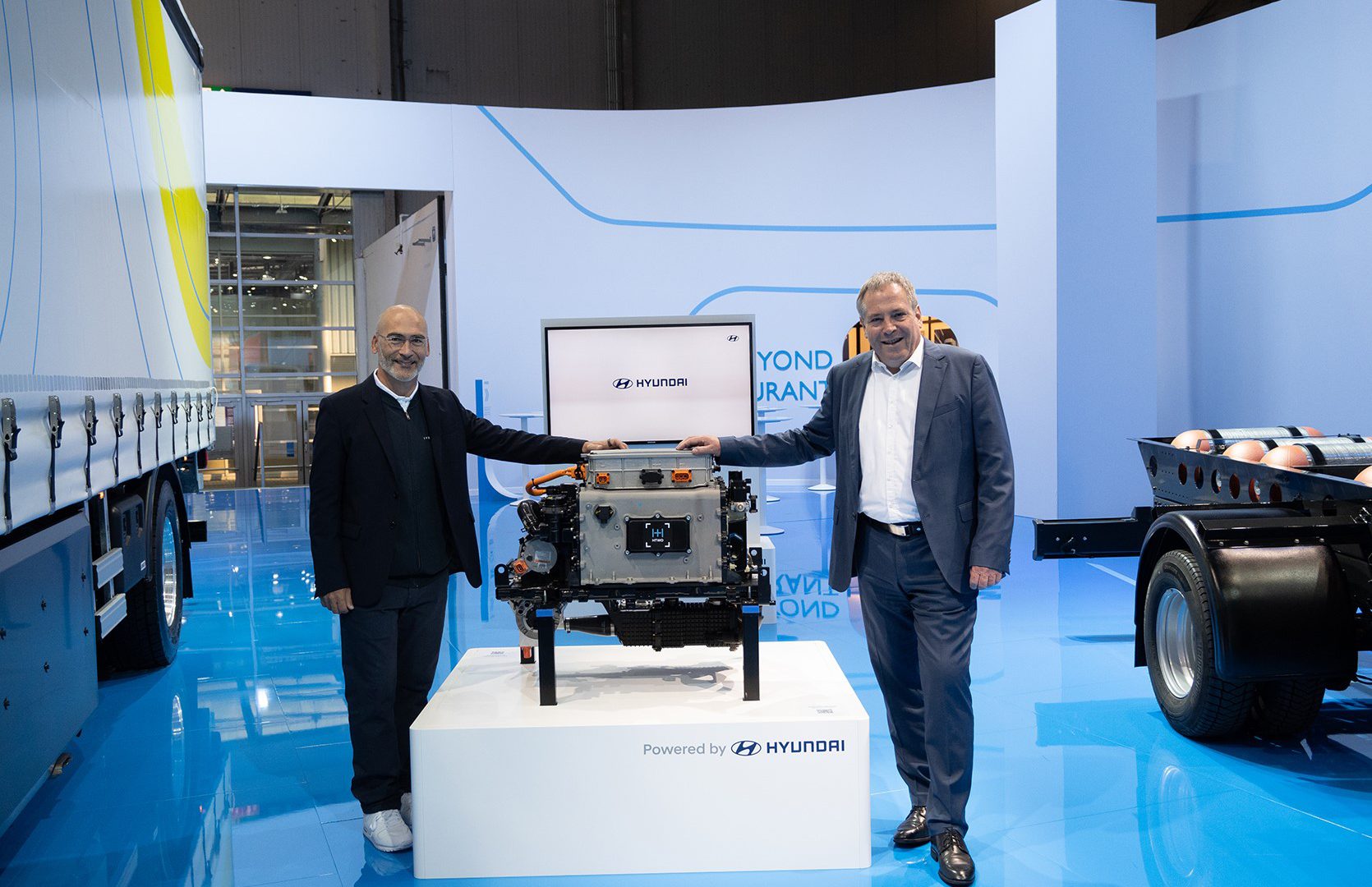
Let’s focus on the whole vehicle powertrain architecture.
Liccardo: The vehicle powertrain architecture comes from the eDAILY. The powertrain, including the rear axle, is made by FPT Industrial, and we have performed internally integration and calibration on how the vehicle should move according to the input it receives, either from the batteries or from the fuel cells. This is an e-machine with a conventional axle since we wanted to have a very compact architecture in order to preserve all the modularity that the Daily line up is offering today.
Iveco Group and Hyundai Motor Company: a promising cooperation
The cooperation between Iveco Group and Hyundai Motor Company is quite a big news in the CV world. What are the prospects of this partnership?
Zeilinger: “The project we can see here – the eDaily fuel cell – is a very good example of how the cooperation is working. There are a lot of interdependencies between our companies. We are also discussing the possibility of providing fuel cell systems for the Iveco buses and we’re investigating other fields as well. One example could be the FPT branch of the Iveco Group, as there’s an electric powertrain which could be interesting for other applications, as well as the e-axle developed by FPT itself.
We’re not only talking about electric stuff. Collaborations might deal with ICEs and we’re talking about more fields, but all this is at an early stage so far”.
Liccardo: “The partnership is closely related to technology, and this is something that can be applied transversally to the whole product range. If this is going to work here, it can also work on buses, medium-duty trucks, heavy-duty trucks and so on. We’re selecting some pivots, but we can say there are no limits in terms of potential product applications”.
When will we see the eDaily with fuel cells on the road?
Liccardo: “This vehicle is already running as a prototype. The plan is to create a small series in 12 months to be given to selected customers in order to create the ecosystem for the penetration of hydrogen. I’d say by 2024-2025 we might see more trucks on the road“.
Hydrogen availability and fuel cell advantages
What’s the main challenge of hydrogen availability today? And are there any areas in the world where hydrogen can be available sooner?
Zeilinger: “Let’s take the Hyundai example from Switzerland, where we created our HHM (Hyundai Hydrogen Mobility) joint venture. Here, Hyundai gives its contribution with the trucks and the Swiss side with hydrogen production. Of course, for every alternative to diesel you need a dedicated infrastructure: from CNG to LNG, up to battery electric and hydrogen.
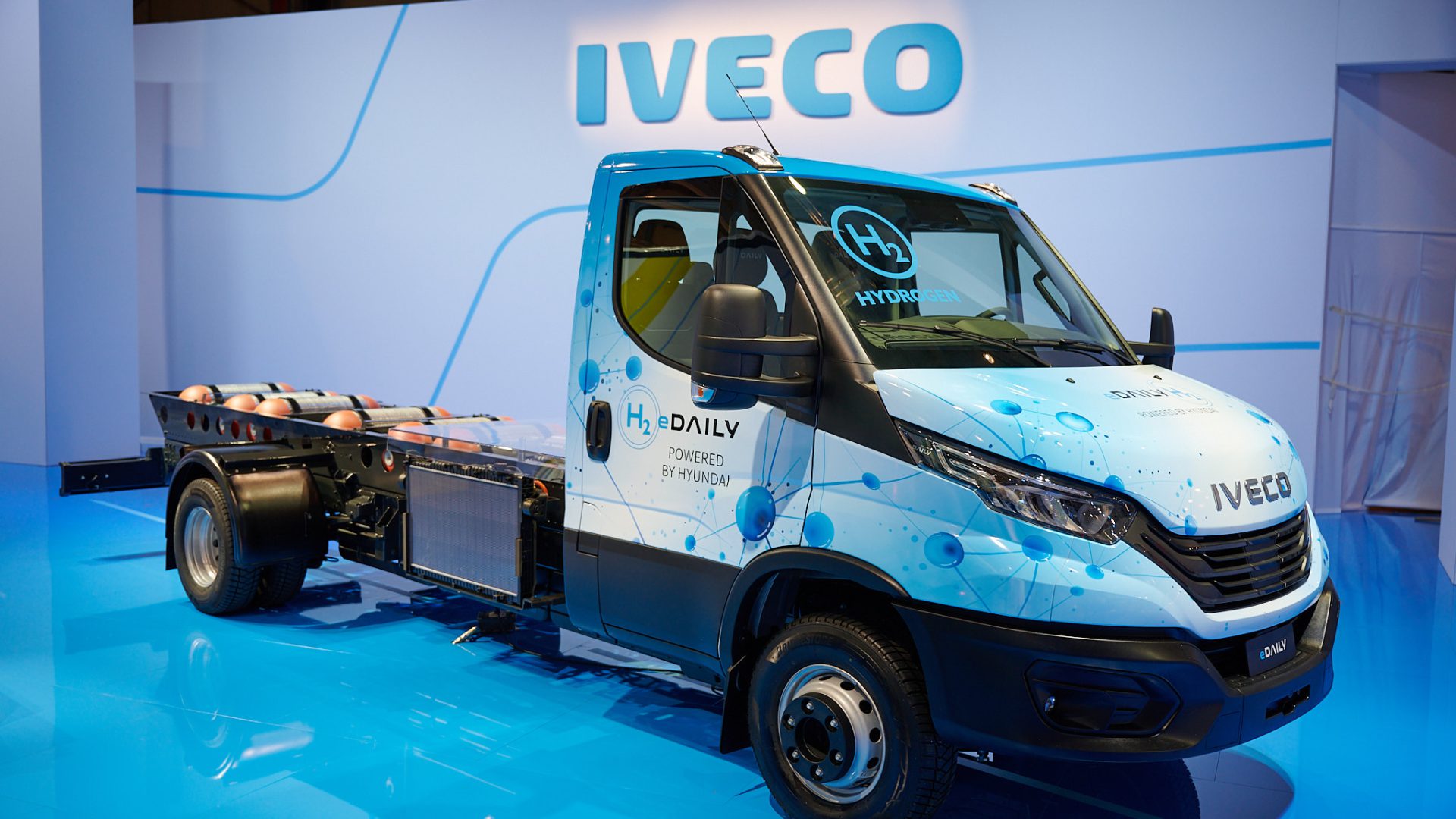
In our case, it must be closely related to commercial vehicles. Speaking of hydrogen, the refueling protocol limits the amount of refueling to 10 kg as a safety measure. Additionally, we have to make sure that the hydrogen refueling station is accessible to big trucks or buses. There is no change towards alternative fuels without the support of infrastructure. And I think politicians know all this quite well, as they’re now also supporting the financial side of the infrastructure”.
Liccardo: “You mentioned production. It’s clear that the journey of hydrogen must be considered as a path to green hydrogen. So, whenever it’s possible to have renewable energy, and for instance Italy is one of those places, these areas of the world can probably play a primary role when it comes to green hydrogen production”.
The vehicle powertrain architecture comes from the eDAILY. The powertrain, including the rear axle, is made by FPT Industrial, and we have performed internally integration and calibration on how the vehicle should move according to the input it receives
Marco Liccardo, Chief Technology & Digital Officer, Iveco Group
Are fuel cells likely to be applied in all truck segments?
Liccardo: “We need to consider two things. Firstly, whenever you need a high quantity of energy, we believe that hydrogen can play a better role compared to battery electric. Hydrogen and fuel cell systems can be used either to increase the vehicle range, or to supply power to some equipment on top that may demand energy, such as refrigeration units or high energy demand applications.
Also, when we talk about BEVs on the market today, the range is few hundred kilometers, and this requires a suitable infrastructure. When customers need an extra buffer range or they have to deal with the uncertainty in their daily operations, then hydrogen makes it possible to have a much longer range. To summarize, we believe that even in urban areas, hydrogen can play an important role in some given missions”.
Zeilinger: “I’d like to mention the issue of shorter refueling time. As for hydrogen, we’re talking about 15 minutes for a full charge, which is much shorter than a minimum of an hour for BEVs. Drivers can handle that, so it’s not necessary to dispatch the refueling time. Short refueling in its nature is really an asset for all commercial vehicles”.



